Commercial Roof Systems
Durable, energy-efficient, and cost-effective solutions
At The Next Commercial Roof Division, we offer a variety of commercial roofing systems tailored to meet the unique needs of your business. From flat roofs to steep slope designs, our team specializes in providing durable, energy-efficient, and cost-effective solutions. Below, you’ll find a breakdown of our key commercial roofing systems, along with their individual benefits.
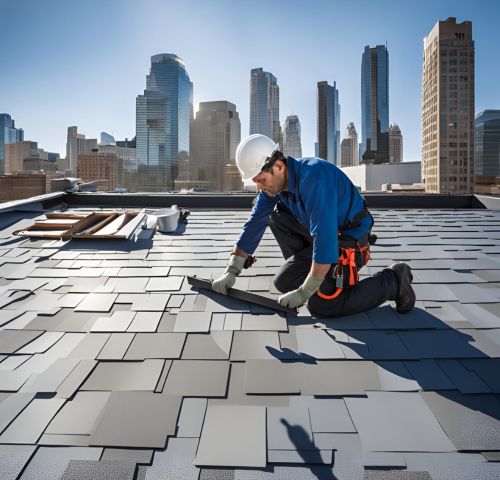
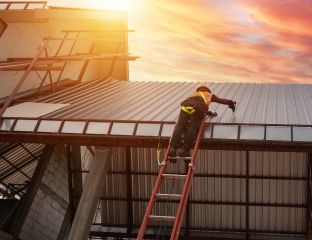
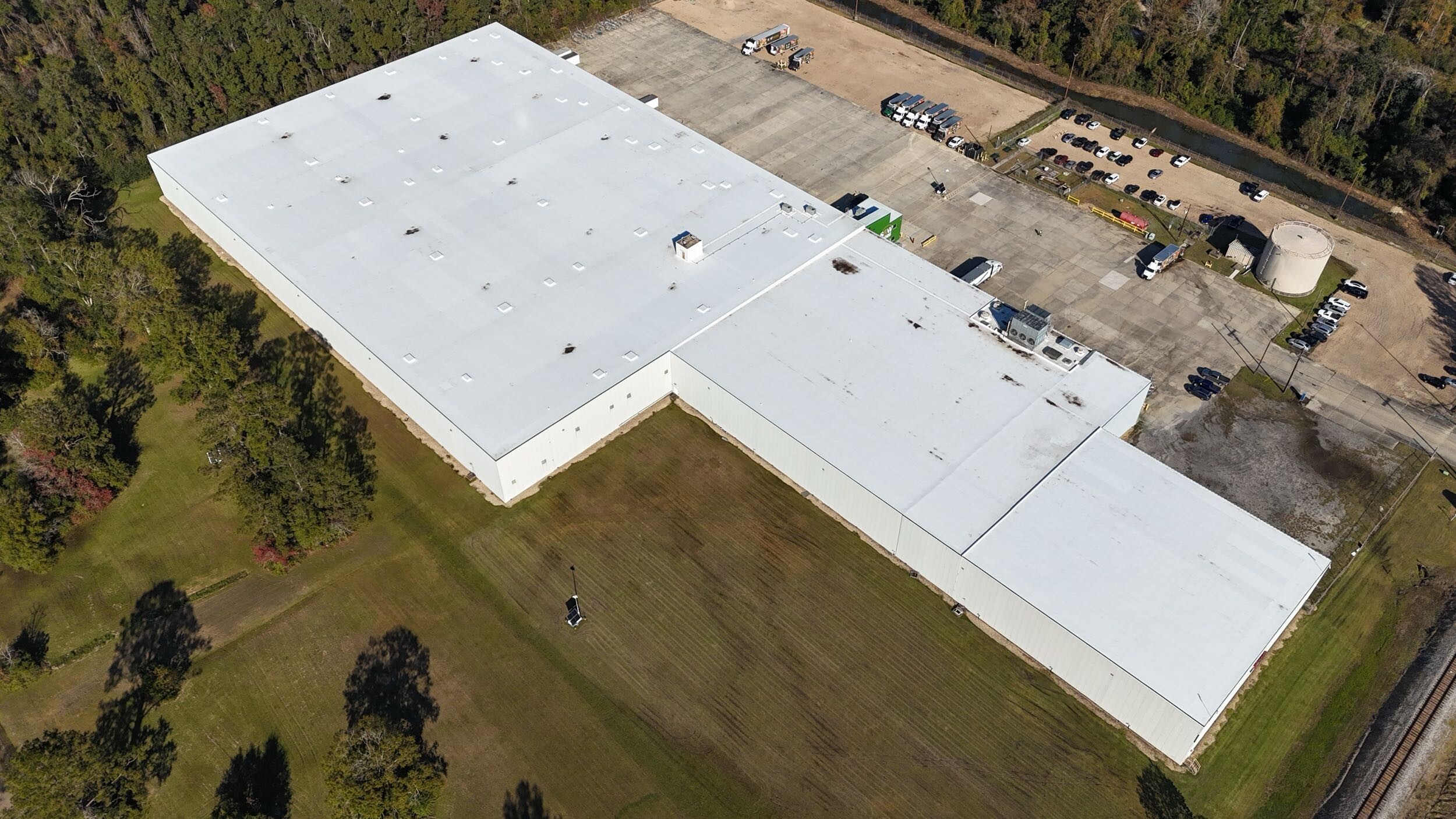
TPO Roofing
TPO roofing (Thermoplastic Polyolefin) is a highly popular single-ply membrane system used on commercial buildings. Made from a blend of polypropylene and ethylene-propylene rubber, TPO offers outstanding flexibility, durability, and weather resistance. It’s widely chosen for its cost-effectiveness, ease of installation, and long-term performance, making it a top choice for commercial flat and low-slope roofs.
Key Benefits:
- Energy Efficiency: Highly reflective, reducing heat absorption and lowering cooling costs.
- Durability: Resistant to tears, punctures, and impact damage.
- Cost-Effective: Provides a high-performance, long-lasting roof at a competitive price.
- Eco-Friendly: TPO is 100% recyclable, making it a sustainable choice for eco-conscious businesses.
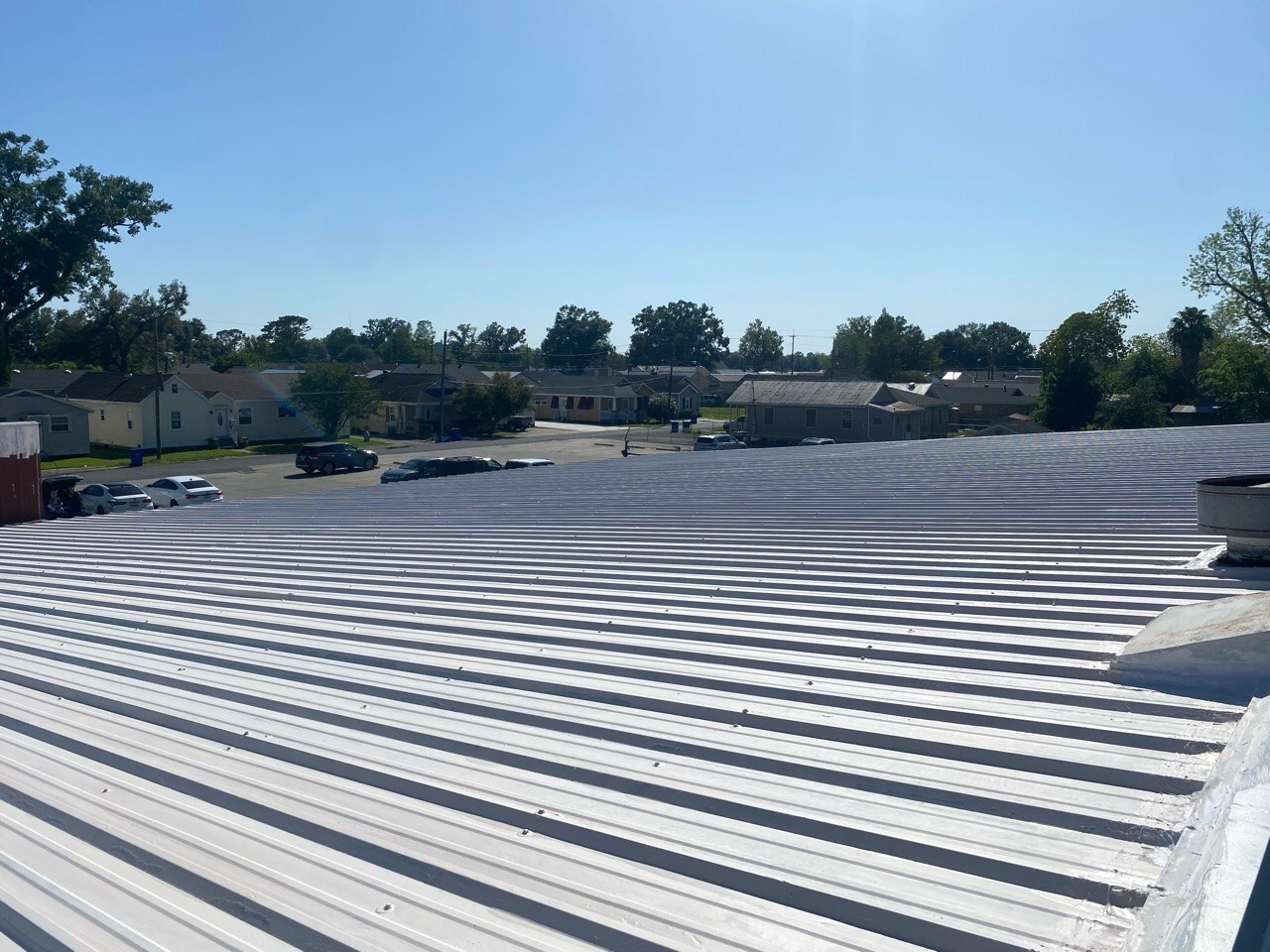
Metal Roofing
Metal roofing is a versatile and durable solution for commercial buildings, offering both longevity and energy efficiency.
Key Benefits:
- Long Lifespan: Metal roofs can last 40-70 years with proper maintenance, making them a great long-term investment.
- Energy Efficiency: Reflects solar heat, reducing energy costs and helping to keep the building cool.
- Low Maintenance: Requires little upkeep and is resistant to rust, corrosion, and weather damage.
- Recyclable: Metal roofing is often made from recycled materials and can be recycled at the end of its life.
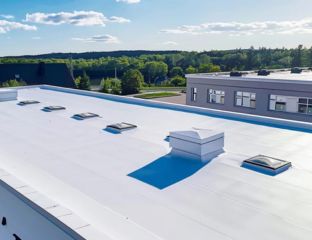
PVC Roofing
PVC roofing (Polyvinyl Chloride) is a durable thermoplastic roofing system consisting of two layers of PVC material reinforced with a polyester scrim in between. This layered construction gives PVC roofs excellent strength, flexibility, and resistance to fire, chemicals, and harsh weather—making it a reliable choice for commercial and industrial roofing applications.
Key Benefits:
- Chemical Resistance: Ideal for commercial buildings exposed to grease, oil, or harsh chemicals.
- Fire Resistance: Naturally fire-retardant, offering added safety for your building.
- Strength: PVC roofs are highly resistant to punctures, impact damage, and extreme weather conditions.
- Longevity: With proper maintenance, PVC roofs can last up to 30 years.
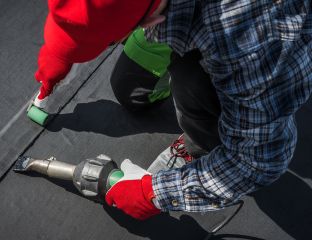
EPDM Roofing
EPDM Roofing (Ethylene Propylene Diene Terpolymer) is a synthetic rubber roofing membrane often used on low-slope commercial roofs. It’s known for its affordability and durability in a variety of climates.
Key Benefits:
- Durability: EPDM can last 20-30 years with minimal maintenance.
- Weather Resistance: Highly resistant to UV rays, temperature fluctuations, and moisture.
- Flexibility: Remains flexible in extreme temperatures, reducing the risk of cracking or damage.
- Easy Installation and Repair: Lightweight and easy to install, with straightforward repair processes.
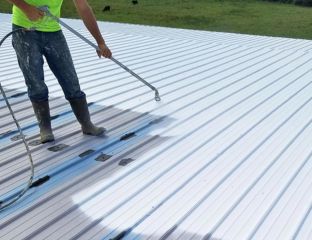
Roof Coating
Roof coatings are an excellent solution for extending the life of your roof while also improving energy efficiency. They can be applied to various roof types to add a protective layer.
Key Benefits:
- Energy Savings: Reflective coatings reduce heat absorption, lowering cooling costs.
- Extended Roof Life: Protects your roof from UV rays, weathering, and leaks, extending its lifespan.
- Cost-Effective: Roof coatings are a cost-effective alternative to full roof replacement.
- Environmentally Friendly: Reduces material waste by extending the life of the existing roof.
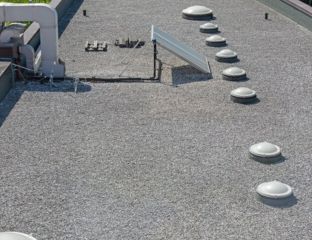
BUR (Built-Up Roofing)
Built-up roofing (BUR) systems have been a staple in the commercial roofing industry for decades. This multi-layer system uses alternating layers of bitumen and reinforcing fabrics.
Key Benefits:
- Durability: The multiple layers provide excellent protection against leaks and physical damage.
- Waterproofing: Provides superior waterproofing, making it ideal for flat and low-slope roofs.
- UV Protection: The top layer, often gravel or a reflective coating, provides UV protection and helps regulate building temperature.
Low Maintenance: Long-lasting and requires minimal upkeep over time.
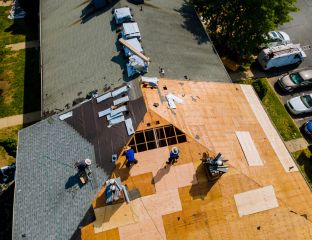
Steep Slope Roofing
Steep slope roofing systems are typically used for buildings with a significant roof pitch. This type of roofing is available in a range of materials, including shingles, metal, and tiles.
Key Benefits:
- Aesthetic Appeal: Offers a more traditional, architectural look, making it ideal for buildings where appearance matters.
- Effective Drainage: Steep slopes allow water, snow, and debris to drain more effectively, reducing the risk of leaks.
- Material Options: Available in a wide range of materials, from asphalt shingles to clay tiles and metal.
- Longevity: When paired with high-quality materials, steep slope roofs can offer long-term durability and performance.
Ready to Begin Your Roofing Project?
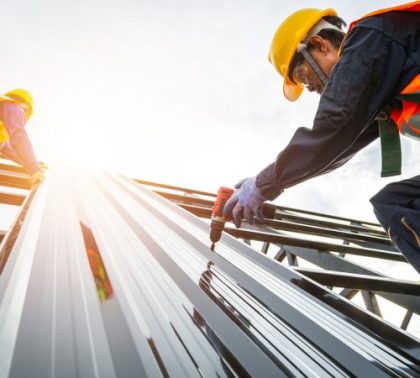
Why Choose Us
At The Next Commercial Roof Division, we specialize in providing tailored roofing solutions that meet the needs of your business. Whether you're looking for energy-efficient TPO, the durability of PVC or EPDM, or a robust metal or Mod-Bit roof, our team is here to guide you through the process from start to finish. We work with the highest-quality materials and proven installation techniques to ensure your roof is built to last.
- Experience You Can Trust
- Expert Team
- Quality Materials
- Comprehensive Solutions
